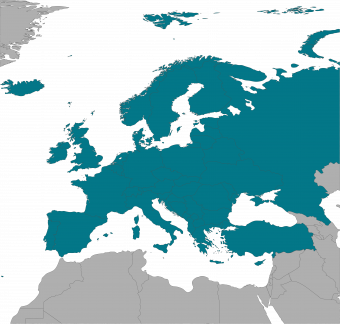Europe
Recent Activity
This report, commissioned by the BBC World Service, seeks to explore the myriad impacts of the global financial crisis that began in September 2008 on migration flows, immigration policies, remittances, and on migrants themselves. Select countries and regions are examined in detail to highlight overarching trends and regional differences.
Recent immigration to the United Kingdom is larger and more diverse than at any point in its history. This updated profile examines how the global recession is affecting migration flows, the latest immigration and asylum data, and overviews of new immigration and integration policies.
Nearly 40 percent of Switzerland's 1.6 million foreign residents come from countries outside the European Union. Julie Schindall examines the latest data on this population, integration indicators and policies, and political rhetoric and public opinion.
MPI convened the first extraordinary meeting of the Transatlantic Council on Migration in Berlin on June 17-18, 2009. The expert dialogue focused on local integration efforts and outcomes in North America and Europe, examining what works (and what does not) with respect to integration.
Report examines the findings of a survey conducted by The Integration of the European Second Generation (TIES), which compares data for second-generation Turks with parents of comparable backgrounds across contextual factors in seven European countries to explore why educational outcomes vary within the target group.
This report explores the fundamental question of how successful integration and immigrant social mobility is in Europe and North America. The authors examine the economic performance and rate of labor market assimilation for first and second generation immigrants, and outline what policymakers can do to promote the social mobility and integration of immigrants and their children.
The discussion guide offers a brief demographic and statistical profile of the immigrant student population in the United States, with comparison points drawn to Germany, sketches the broad policy implications of the demographic data, and provides a set of policy and practice issues in immigrant education and integration to facilitate a Roundtable inquiry in two areas: early childhood care and education, and secondary education.






As Europe and the United States Face Similar Migration Challenges, Spain Can Act as a Bridge
Spain and the United States both receive their greatest number of immigrants from Latin America, and have worked collaboratively together on displacement crises and other migration issues. As shared immigration challenges dominate debate on both sides of the Atlantic, Spain can serve as a vital bridge in the policy conversation, this commentary notes.